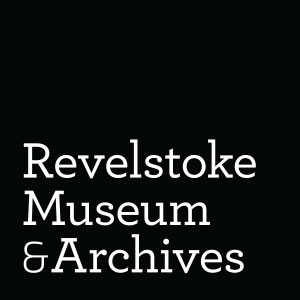International Museum Day: Pandemic Style
May 18th is International Museum Day. This year, when many museums throughout the world are closed due to the Covid-19 pandemic, it is a good time to reflect on what a museum is, and its place in the community and the world.
Historically, museums were a place for the amassing and showcasing of human artifacts. Many of the early British museums were referred to as cabinets of curiosity, where collectors could show off their prized collections. Early museums were often a byproduct of colonialism, where the spoils of exploration and conquest were put on display for the amusement of onlookers. Sacred objects, pieces of great cultural significance, and even human remains were put on display to amuse and titillate bored, often middle- and upper-class English men and women. Perhaps some museum curators believed that they were sharing diverse cultures with their audiences, but the result was that cultural treasures were ripped from the people that valued them, and shown to people who did not understand their significance and did not really learn about or respect the cultures that created them.
Museums have come a long way since then. Many of the world’s museums have developed polices of repatriation, where cultural objects and human remains are returned to their proper homes. While artifacts are still the basis of any museum, there is now a realization that museums need to engage with their audiences and meet their needs. Programming, interactive elements, and even food services, have arisen from this understanding of museum visitors and their needs when visiting a museum. Most museums were doing a good job of adapting to the changes of society, and making their museums relevant to their communities.
Then the Covid-19 pandemic struck. Museums and galleries were closed down. Our collections were hidden behind locked doors, with no one coming in to see and interact with them. One can only imagine a “Night at the Museum” situation, but with the galleries coming to life for weeks on end, rather than only for one night at a time!
Seriously, though, the situation has made us rethink the place of museums in our society and in our communities. Is a collection relevant and important if no one can see it? Do collections only exist in as much as they are experienced by visitors? Museums throughout the world rushed to put their collections online, and to find ways to engage with their audiences. Some brilliant programming has emerged, some of it by accident. The National Cowboy and Western Heritage Museum in Oklahoma asked their security manager to run their Twitter and Instagram accounts, and the results were hilarious. Just google Hashtag Cowboy Tim to see what happened.
The Yorkshire Museum in the UK created #CuratorBattle on Twitter and encouraged museums to showcase their collections with weekly challenges such as creepiest object, sassiest object, best hat, and more. Our Office Manager, Holly, rose to the challenge and posted some of our artifacts in this thread.
The entrance to our most recent exhibit: A Mountain On Our Doorstep - Mount Revelstoke National Park. The exhibit opened in September of 2019.
We created a Facebook feature called This or That, where we showed two images or artifacts and encouraged people to choose between them. This proved to be very successful, and we could see the same people coming to our page every day to see the images and to make their choices. It created some fun dialog and interaction between people. We have stopped posting as often as we did when the museum first closed, but will probably still continue this feature on an occasional basis, along with our regular Sunday post, “Who Wants to Be a Penniless Historian?” This was a fun way to provide some trivia about Revelstoke’s history. We even managed to stump people with the question, “Where were the first school classes in Revelstoke held?” The answer was the Wide West Saloon, but no one guessed that our community pioneers would have let their children step foot in a saloon, even if it was no longer in operation!
A lot of museums created virtual tours, and other online offerings. We created a YouTube Channel, and posted Brown Bag History talks, as well as readings of two children’s novels written by local author Mary Daem in 1959 and 1960. We started recording Downtown Walking Tours, and creating museum tours geared for school classes. It is easy to see that we are not filmmakers, but Holly and I have both learned a lot in a short period of time as we tried to keep up with the new reality, and to offer people a new way to connect with the museum.
We are hoping that we can reopen the museum in the next couple of weeks, in accordance with guidelines from the BC Centre for Disease Control, and Work Safe BC. There will obviously be some changes. Social distancing and enhanced cleaning will be in place, and we will be disabling our touch screens for the time being. We will not be running our annual summer children’s programs – for the first time since 1999 – but if conditions allow, we may offer a family day later in the summer. We will be continuing to increase our online presence as well.
So, on this International Museums Day, we want you all to know that we value you and appreciate your support and interest in our museum. We are still here, and still doing what we can to celebrate and share our history.

